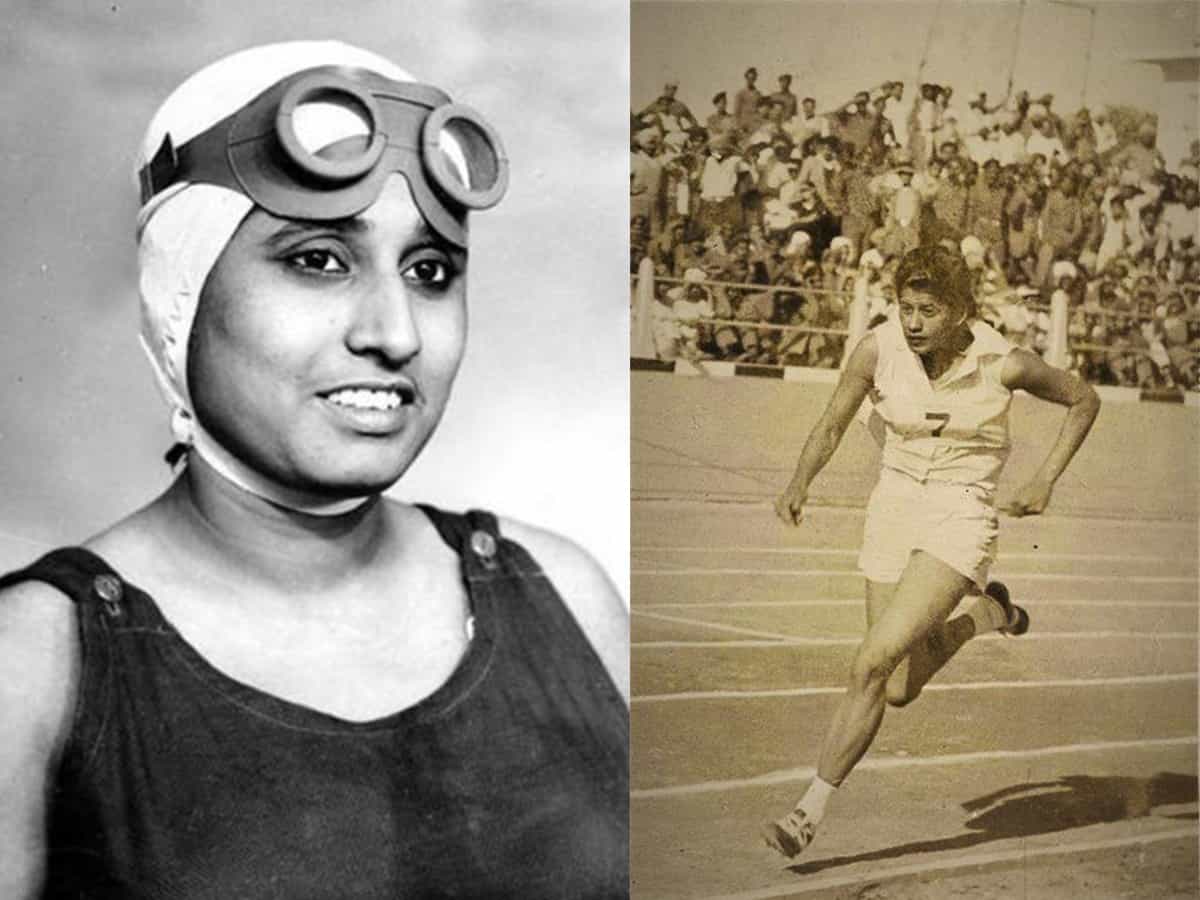
When it comes to fighting against heavy odds and overcoming obstacles, Indian women have proved time and again that they are second to none. On the occasion of International Women’s Day let us look back at the achievements of four women who were the pioneers of women’s sports in independent India.
There were four women who represented India at the 1952 Olympic Games in Helsinki. They were Nilima Ghosh, Mary D’Souza Sequeira, Arati Saha and Dolly Nazir. The first two were track athletes and the second two were swimmers. Although they did not win any medals, what was admirable was their enthusiasm, passion to excel and eagerness to see that Indian women did not go unrepresented in world sport’s most important arena.
India had become an independent country only five years before the 1952 Olympics and the Indian government had many targets to achieve. Providing roads, extending railways, building hospitals, schools and colleges for the large and underprivileged population was the top priority. Sport was perhaps not on the list at all. So the athletes were left to their own devices.
On their own they had to run from pillar to post to acquire funds. We can imagine what that means. Long hours of waiting in office rooms of some well heeled persons, rejections, broken promises and disappointments. They went through it all by themselves.
When Mary D’Souza Sequeira qualified to take part in the Olympics, her friends organised a ball dance. Members of the Goan community to which she belonged, were asked to donate generously to ensure that their girl did not miss the opportunity because of lack of finances. That was how they collected some funds which enabled Mary to represent India at the 1952 Olympics. The other participants also managed to acquire funds by different means.
They had no coaches and no support staff to accompany them. Nowadays if an athlete wins a medal he or she is able to do so because they have a coach, physio, doctor, dietician and masseur who have helped them to reach their peak. In 1952, at Helsinki, the athletes had to fend for themselves. If the food was strange, they had to figure out what to do, if they had a muscle strain, they had to heal themselves, they had to find out on their own when their races were to be held. And they had to make their own travel arrangements. No manager to arrange a team bus. And after all this, they had to fight it out with the world’s legendary athletes.
So, given this background, we can only admire their enthusiasm and passion. They helped to ensure that the Indian tricolour was carried into the stadium in front of thousands of spectators.

The first woman to represent India in the Olympic stadium was 17 year old Nilima Ghosh. Her event began before that of Mary so Nilima took the honour of being the first Indian woman to compete on the track at the Olympics. Nilima took part in the 100 metre sprint and the 80 metre hurdles.
Mary D’Souza Sequeira was an extraordinary woman. She represented India in athletics as well as hockey (separate hockey events, not in the Olympics). Mary won medals in the Asian Games and was India’s first women double international athlete (meaning she represented India internationally in two different sports).
She set Indian national records in 100 metre, 200 metre and 80metre hurdles. She was the Asian record holder with 12.3 seconds over 100 meters and 12.5 seconds over 200 metre. She was also one of India’s top scorers in women’s hockey. Having won two medals in the first Asian Games in 1951, Mary was a little more experienced athlete than Nilima. Decades later, she was belatedly honored with the Dhyan Chand award by the Indian Government in 2013. Now, aged 90 she lives in Mumbai.
The other two women were the swimmers Arati Saha and Dolly Nazir. After the Olympics, in 1959, Arati gained fame as the first Asian woman to swim across the English Channel. She grew up under a single parent namely her father. Her mother passed away when she was about 2 years old. Her father was in the armed forces so she and her siblings were brought up by other family members.
She was trained by Sachin Nag, the man who won India’s first ever gold medal in the Asian Games in 1951. Between 1945 and 1951 Arati won 22 state level competitions in West Bengal. Her main events were 100 meter freestyle and 200 meter breaststroke. At the national level she came second only to Dolly Nazir of Bombay.
Dolly Nazir too was a very talented swimmer. She won the Long Distance Open Sea Championships in Bombay in 1948 at the age of 13 and repeated the win the next year. In November 1950, she bettered the national record for 100 meters backstroke by more than three seconds while winning the All India Swimming Championships. At the Helsinki Olympics she competed in two events and gave her best effort.
Now only very ardent sports lovers remember these courageous women and their lion hearted efforts to see to it that Indian women were not left out of the picture when the Olympic Games were held in 1952.
Abhijit Sen Gupta is a seasoned journalist who writes on Sports and various other subjects.



